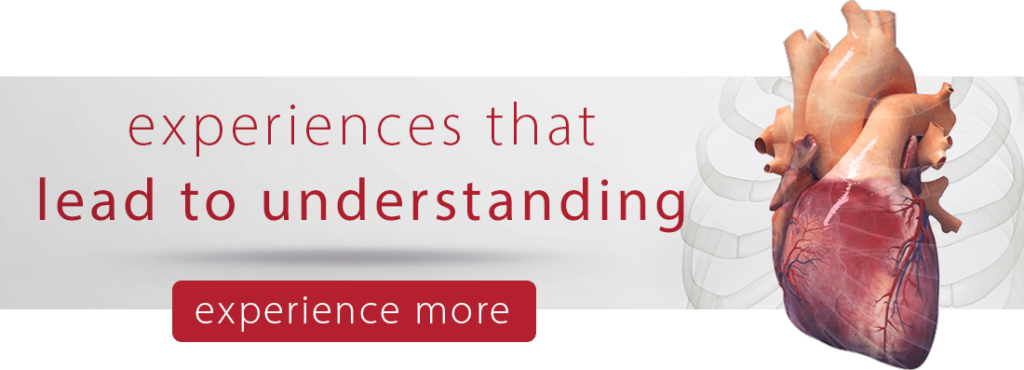VR Medical Training

Virtual Reality (VR) Medical Training
More than just the latest craze for gamers, virtual reality headsets have the potential to be the wave of the future. Organizations and industries everywhere are brainstorming innovative ways to incorporate this incredible technology into their businesses. The medical field is no exception.
In medical school, most medical students endure hours of rigorous hands-on training. Typically, they train with cadavers, mannequins, training software, and other hands-on devices. Although these tools have trained excellent doctors for years, virtual reality training replicates the real world like never before. VR training has become so advanced, that there are several medical schools that have introduced it into their medical training curriculum. Here are five ways VR is being used as medical device training in the classroom:
1. Development of Medical Skills
Doctors not only need to know many procedures that they may rarely ever use but they need to perform the procedures flawlessly and quickly when the time arises. With the use of virtual reality, medical students can perform these procedures in a fully immersive situational experience. Beyond complicated medical procedures, students can also use medical virtual reality training for more routine procedures that can be lifesaving. In addition to the training, students can receive real-time evaluation of their performance.
2. Trauma & Emergency Room Simulation
Working in the emergency room is a high-pressure, fast-paced environment that requires stamina, skill, and quick thinking. Using virtual reality, students can face the real-life situation of treating trauma victims in the emergency room. Students can assess the patient, make quick decisions, and ultimately perform the procedures that will save patient lives and stabilize their condition.
3. Surgical Training
Throughout the first two years of medical school, students primarily learn within a classroom environment. Real-world experience usually doesn’t come until clinical rotations, with only a small surgical rotation. This leaves very little time for hands-on surgical experience. With VR training, medical students have the opportunity to immerse themselves in a surgical experience long before they are in a surgical residency. They can observe surgeries, and even see surgical procedures from a first-person perspective. VR truly places students ahead of the curve from a very early stage.
4. Empathy
Setting skill aside, the key to becoming a great doctor is having a strong empathy for the patients being treated. Believe it or not, this can be difficult to achieve. VR gives students the opportunity to experience, to a degree, certain ailments that their eventual patients may be experiencing. Whether it be vision loss, hearing loss, vertigo, or other symptoms, VR can be the key for students in developing strong and necessary empathy skills.
5. Understanding of Human Anatomy
With virtual reality, medical schools no longer need to rely on cadavers to train students on the human anatomy. Medical students using VR can now explore accurate and real human anatomy including the cardiovascular system, central nervous system, muscles, and bones in a completely immersive environment.
At Elara Systems, we are a virtual reality agency that truly believes that virtual reality can offer supremely efficient and all-encompassing training for medical doctors.
Learn more in our Full Immersion VR post.

